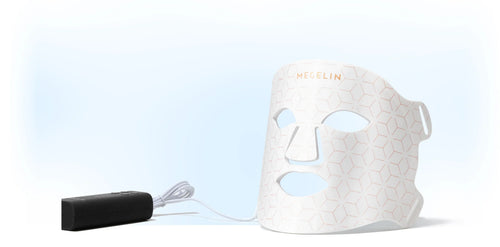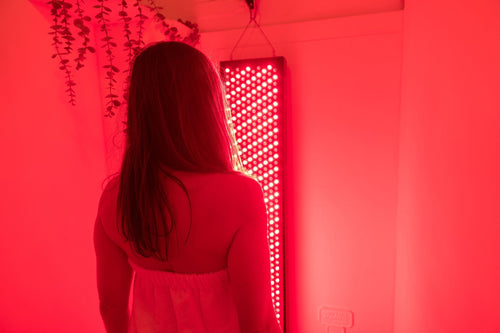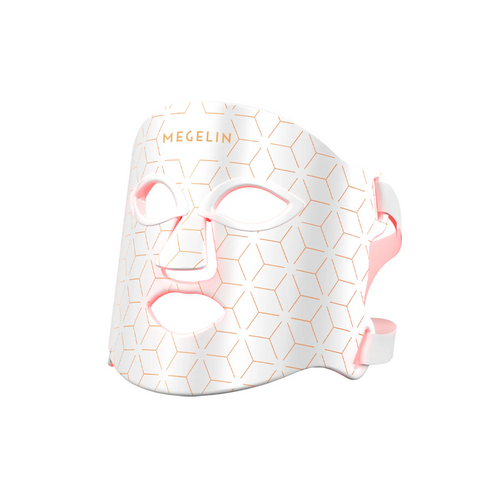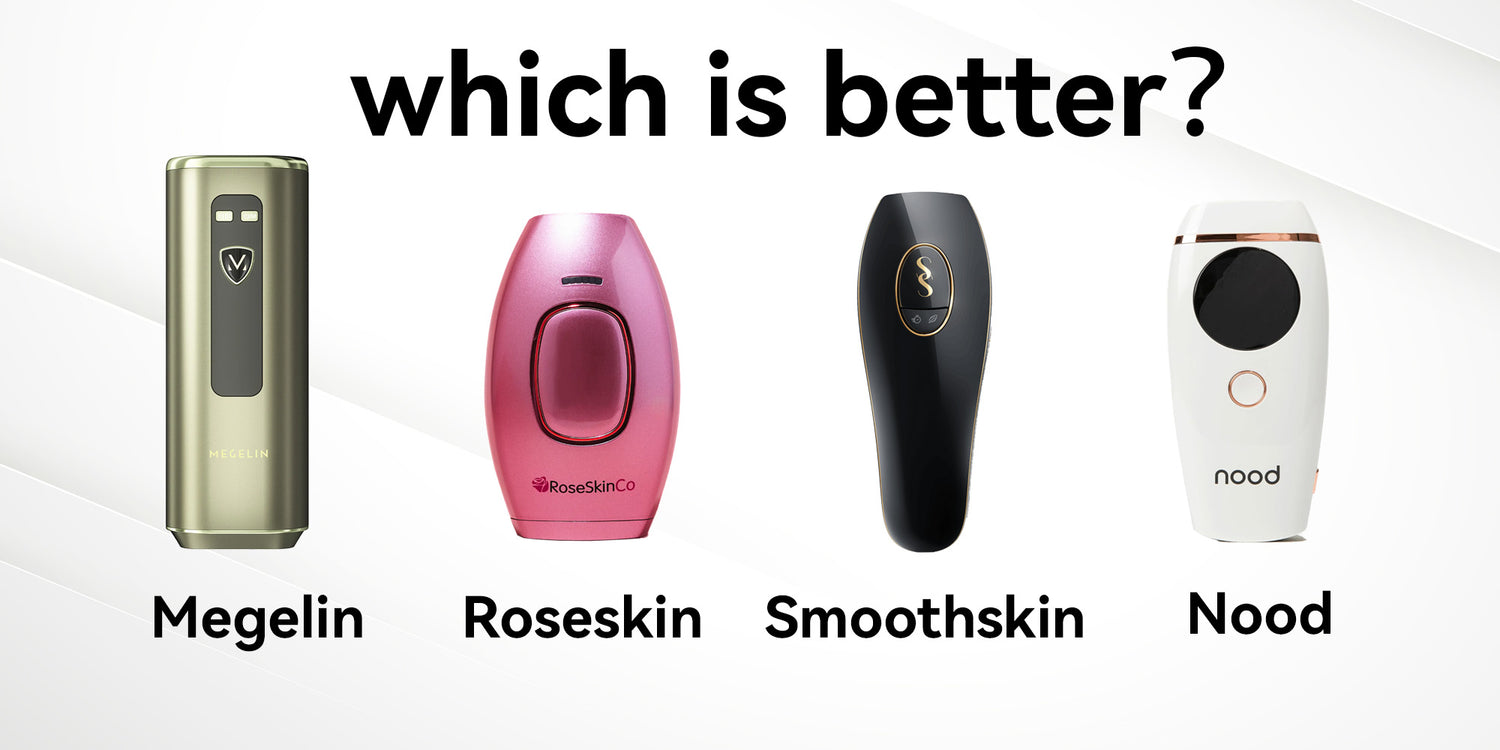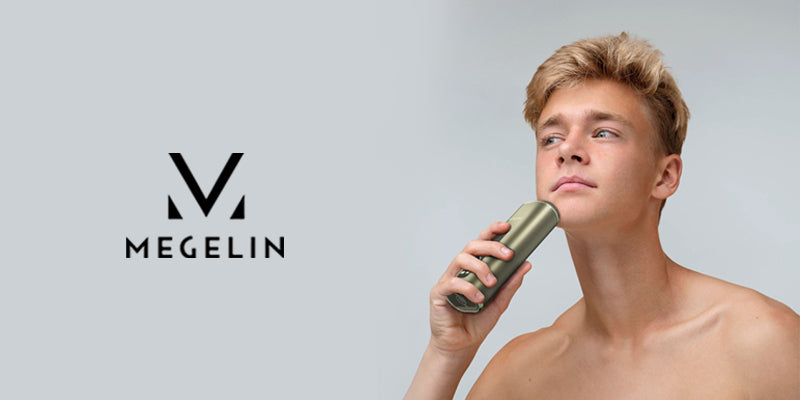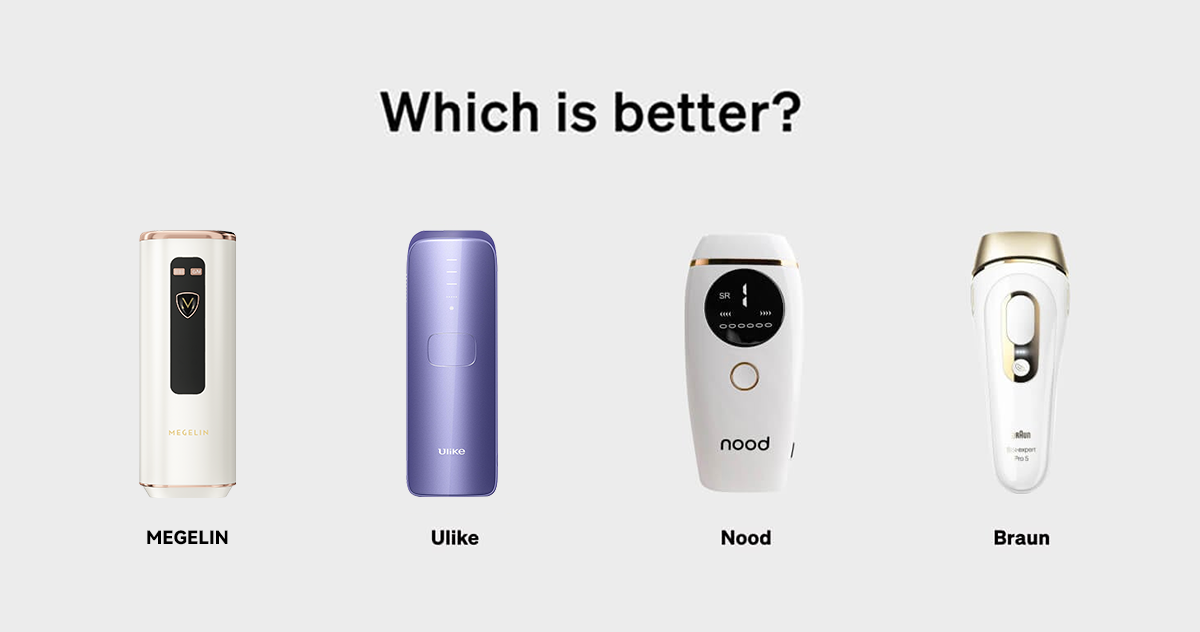
Is Green Light Therapy Effective? Here's What You Need to Know
megelinbeautyGreen light therapy is an emerging, non-invasive treatment that uses specific LED light wavelengths to improve health. It benefits mood regulation, cognitive function, and stress reduction, fitting the trend for natural healing methods. Research supports its effectiveness for conditions like depression, migraines, and chronic pain.
This article explains how green light therapy works, its benefits, and applications. It helps with sleep, reduces inflammation, improves skin health, and aids recovery from light sensitivity. You'll learn about the scientific evidence and practical tips for using it in your wellness routine. By the end, you'll understand green light therapy's benefits for physical and mental health and its role in a holistic health approach.
Understanding Green Light Therapy
Definition and History
Green light therapy, a form of phototherapy, involves the use of green wavelengths of light to treat various medical conditions. Historically recognized for its therapeutic benefits, this modality has been applied in the management of conditions ranging from sleep disorders to chronic pain [1][2][3][4]. The therapeutic use of green light has expanded over the years, with recent studies highlighting its effectiveness in treating actinic keratosis with notably less discomfort compared to red light therapy [5].
Mechanism of Action
The efficacy of green light therapy primarily stems from its ability to interact with the body's visual system. Research involving animal models has shown that exposure to green light-emitting diodes (GLED) at specific wavelengths (525 nm) and intensities (4 to 100 lux) can induce antinociception and anti-allodynia, mediated through visual pathways [6]. This interaction suggests a unique mechanism where green light influences pain perception and sensory processing, making it a valuable tool in pain management strategies, particularly for conditions like fibromyalgia [7].
Scientific Basis
Substantial research supports the application of green light therapy in clinical settings. A notable study funded by a $2.4 million grant from the United States Army Medical Research Acquisition Activity is set to explore its effects on postsurgical pain and inflammation, building on previous findings that green light can reduce chronic pain and enhance sleep quality in individuals with migraine and fibromyalgia [8]. Furthermore, the modulation of pain and inflammation by green light involves neurochemical changes in the brain, particularly in the rostral ventromedial medulla (RVM), a critical center for pain regulation [8].
In addition to clinical research, observational studies have provided insights into the practical applications of green light therapy. For instance, patients with fibromyalgia who were exposed to GLED reported decreased pain levels and improved functional outcomes, including better sleep quality [9]. These findings are complemented by studies involving green eyeglasses, where subjects demonstrated significant reductions in anxiety and a decrease in opioid use, suggesting that green light therapy may also play a role in managing medication dependence and psychological well-being [10].
In summary, green light therapy represents a promising, low-risk treatment option that leverages the natural therapeutic properties of green light to address a spectrum of health issues, from pain management to psychological disorders, with ongoing research continuing to uncover the full scope of its benefits and mechanisms.
Benefits of Green Light Therapy
Green light therapy, recognized for its non-invasive and natural approach, offers various health benefits spanning from pain relief to mood enhancement and sleep improvement. This section delves into these core benefits, supported by recent studies and clinical trials.
Pain Relief
Research has consistently shown that green light therapy can significantly reduce pain. Patients with chronic conditions such as migraines and fibromyalgia have reported substantial pain relief. For instance, migraine volunteers noted a decrease in their average pain score from 8 to 2.8 after treatment sessions with green light therapy [11]. Furthermore, studies indicate that green light influences pain perception by interacting with the body's visual system and altering pain pathways in the brain, specifically through the rostral ventromedial medulla (RVM) [8].
Sleep Improvement
Green light therapy also plays a pivotal role in enhancing sleep quality. It regulates the body's melatonin production, thereby adjusting the circadian rhythm to promote better sleep patterns. Clinical observations have noted that exposure to green light before bedtime can lead to quicker sleep onset and more sustained sleep duration. Notably, a study highlighted that participants using a green light-emitting device at night reported increased calmness and improved sleep quality [3][4].
Mood Enhancement
The benefits of green light therapy extend to mood regulation and mental well-being. It has been found effective in alleviating symptoms of depression and anxiety. The therapy's ability to adjust the circadian rhythm helps stabilize mood fluctuations. Additionally, exposure to green light has been associated with the release of endorphins, known as mood-enhancing chemicals within the brain. Research also suggests that green light therapy may increase the production of serotonin and dopamine, which are crucial neurotransmitters in mood regulation [5][12].
These therapeutic effects are not only promising for those directly suffering from these conditions but also offer a broader implication for preventive health care practices. By integrating green light therapy into regular health routines, individuals may experience an overall enhancement in quality of life and well-being.
Applications of Green Light Therapy
Green light therapy, a versatile and non-invasive treatment option, extends its applications across various health domains, demonstrating significant benefits in areas such as migraine management, skin health, and eye health.
Migraine Management
One of the primary applications of green light therapy is in the management of migraine headaches. Patients who have utilized green light therapy report a notable reduction in the frequency and severity of migraine episodes. This therapy modality works by modulating brain chemicals and pathways associated with pain and inflammation, providing a soothing effect that contributes to migraine relief. Clinical trials have observed that consistent exposure to green light can lead to prolonged periods of relief, making it a viable alternative for those seeking non-pharmacological options in migraine treatment.
Skin Health
In the realm of dermatology, green light therapy has been adopted to improve skin health, particularly in treating skin conditions such as rosacea and sun damage. The therapy aids in reducing redness and inflammation, promoting a more even skin tone. Additionally, green light has properties that stimulate collagen production, which is crucial for skin elasticity and firmness. Patients undergoing green light therapy for skin conditions often experience enhanced skin appearance and a reduction in visible signs of aging.
Eye Health
Green light therapy also finds its application in improving eye health, especially for individuals experiencing light sensitivity and certain chronic ocular conditions. The specific wavelengths of green light help in regulating light absorption, which can alleviate discomfort caused by light sensitivity. Moreover, ongoing research suggests that green light exposure could potentially support the health of retinal cells, offering preventative benefits against degenerative eye diseases.
These applications highlight the broad utility of green light therapy in not only managing pain and skin-related issues but also in contributing to overall ocular health. By incorporating green light therapy into regular health care routines, individuals can harness its therapeutic benefits across a spectrum of conditions, enhancing their quality of life through a natural and gentle approach.
How to Use Green Light Therapy
Different Devices Available
Green light therapy devices vary widely in design and functionality, catering to different needs and preferences. For those seeking a portable option, the Hooga handheld device is lightweight and convenient, allowing users to maintain their therapy regimen while traveling [13]. It also comes as a complete set, which includes a 24W bulb with 12 green LED bulbs, making it an all-in-one solution for users [13]. For a more comprehensive treatment, the Illuminate Full Face LED Panel offers full-face coverage without the need for manual operation, ideal for consistent sessions at home [14].
Best Practices
When using green light therapy devices, it is crucial to follow the manufacturer's guidelines to avoid overexposure, which could lead to skin sensitivity or irritation [14]. The recommended usage is approximately 10 minutes a day, three to four times per week, which has been shown to effectively improve skin health without adverse effects [13]. Consistency in therapy sessions is key to achieving the best results, particularly for conditions like chronic pain and skin health [15].
Safety Considerations
Green light therapy is generally safe with minimal side effects. However, individuals with specific health conditions should consult with a healthcare provider before starting treatment. It is important to note that while green light therapy devices do not emit harmful UV rays, precautions should still be taken. For instance, users with a history of skin cancer or systemic lupus erythematosus are advised to avoid this treatment due to potential risks [16]. Additionally, those using photosensitizing medications should be cautious, as green light therapy could trigger photosensitivity reactions [16].
By adhering to these guidelines and considering the appropriate device based on individual needs, users can safely and effectively incorporate green light therapy into their health regimen.
Conclusion
Green light therapy is a promising, holistic health approach. It offers pain relief, better sleep, mood enhancement, and improved skin health. Research supports its effectiveness for chronic conditions and overall well-being. Incorporating it into health routines complements traditional treatments as a non-invasive, low-risk option.
Looking ahead, green light therapy's role in preventive healthcare and managing chronic conditions is gaining recognition. Further exploration of its benefits could innovate treatments and improve quality of life. While consulting healthcare professionals is essential, green light therapy offers a natural, gentle approach to health and wellness, highlighting its potential in holistic healing.
FAQs
1. Is green light therapy effective?
Green light therapy has been found to be beneficial by many users, offering a range of advantages. Among these are skin rejuvenation and the reduction of hyperpigmentation, which involves revitalizing the skin by targeting melanocytes.
2. How does green light affect the brain?
Research indicates that the wavelengths of green light have unique properties that may help with sleep and mood regulation. This can positively impact the brain's cellular functions and neurotransmitter activities.
3. Are there any side effects associated with green light therapy?
While green light therapy is generally considered safe, some side effects can occur. These include irritability, headaches, eye strain, sleep disturbances, and insomnia. Additionally, mild visual side effects are common but typically resolve quickly.
4. What are the health benefits of green light?
Green light can enhance collagen production and improve pigmentation. It also increases blood flow to the dermis, aiding in healing and rejuvenation. This can improve overall skin health and help treat conditions like eczema, dermatitis, and rosacea.
References
[1] - https://www.sleepfoundation.org/bedroom-environment/what-color-light-helps-you-sleep
[2] - https://pubmed.ncbi.nlm.nih.gov/1896724/
[3] - https://www.apartmenttherapy.com/allay-green-light-therapy-lamp-review-36979223
[4] - https://optoceutics.com/green-light-therapy-treatment-benefits/
[5] - https://neoelegance.co.uk/blogs/skin-science/title-exploring-the-benefits-of-green-light-therapy-shedding-light-on-a-soothing-treatment
[6] - https://www.migraineagain.com/green-light-therapy-for-migraine/
[7] - https://mmskincare.com/blogs/mmblog/discover-green-light-therapy-benefits-to-preserve-skin-age
[8] - https://healthsciences.arizona.edu/news/releases/us-army-medical-research-grant-funds-study-green-light-therapy-postsurgical-pain
[9] - https://www.ncbi.nlm.nih.gov/pmc/articles/PMC7861466/
[10] - https://medschool.duke.edu/stories/pain-management-gets-green-light
[11] - https://www.tmc.edu/news/2020/02/exposure-to-green-light-may-reduce-pain/
[12] - https://optoceutics.com/green-light-therapy-treatment-device-for-depression-mood-disorder-sad/
[13] - https://hoogahealth.com/products/green-light-therapy
[14] - https://www.shelleyhancock.com/blog/green-light-therapy/
[15] - https://www.foreo.com/mysa/green-light-therapy-beauty-health-and-well-being-benefits
[16] - https://www.news-medical.net/health/Light-Therapy-Safety-and-Side-Effects.aspx




